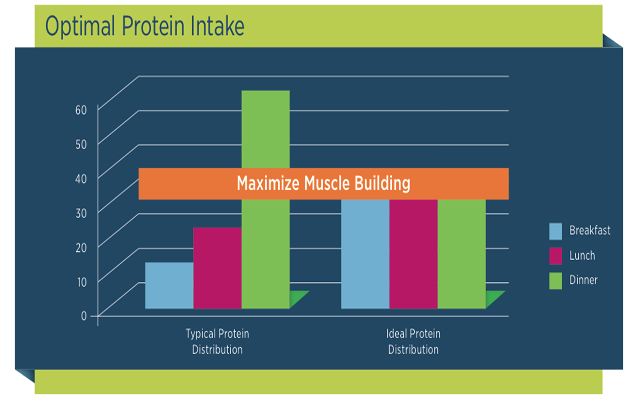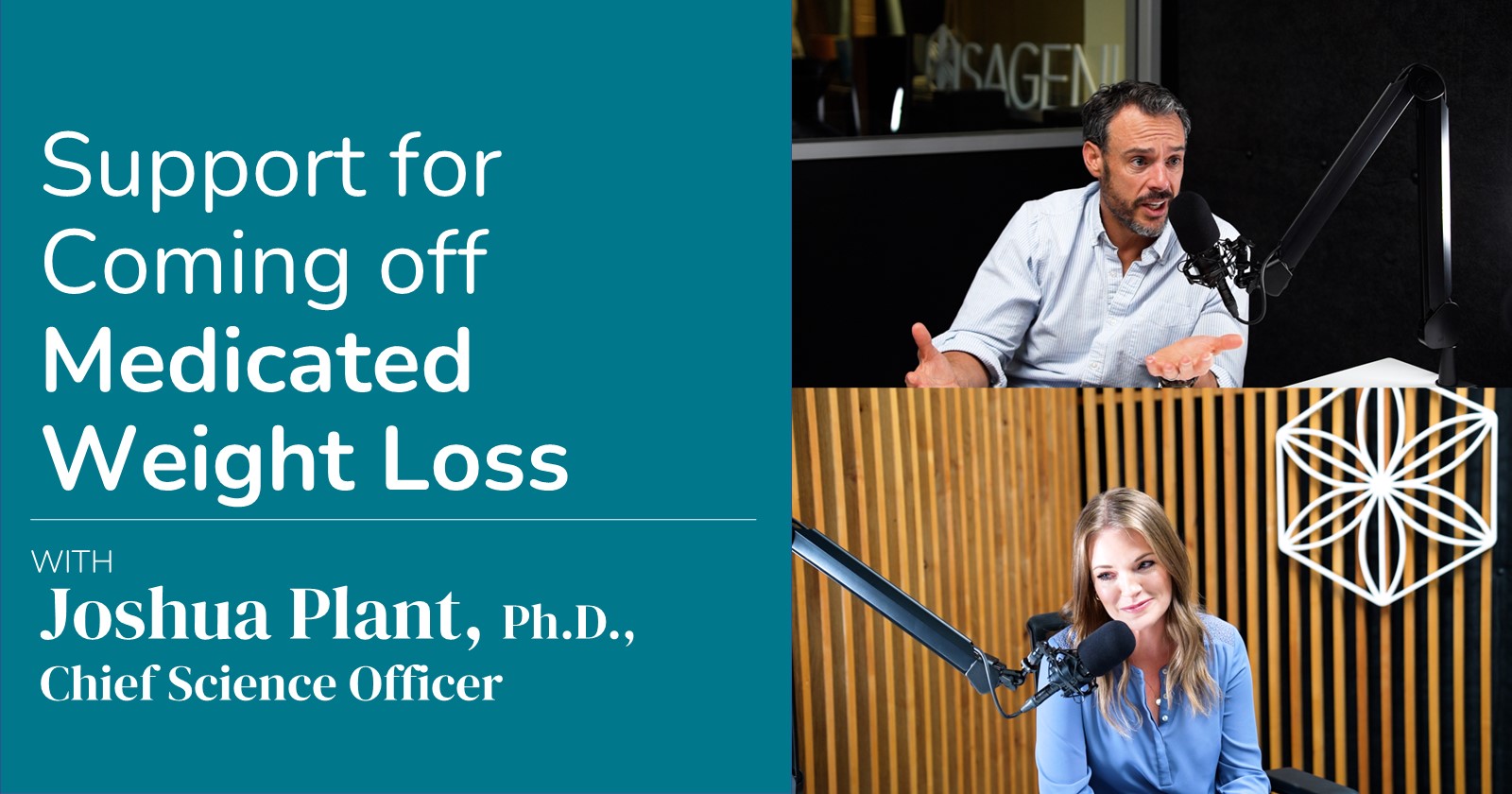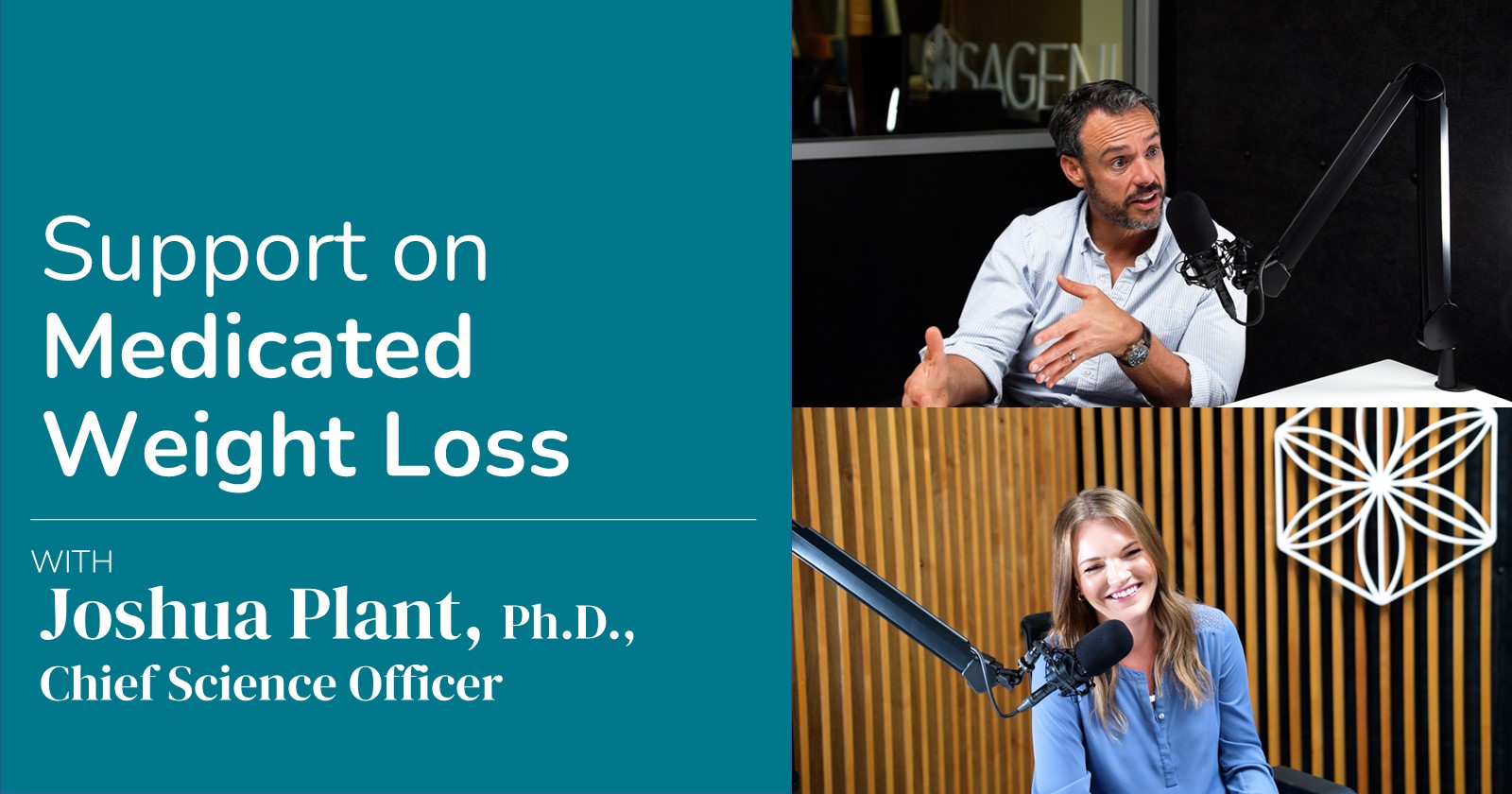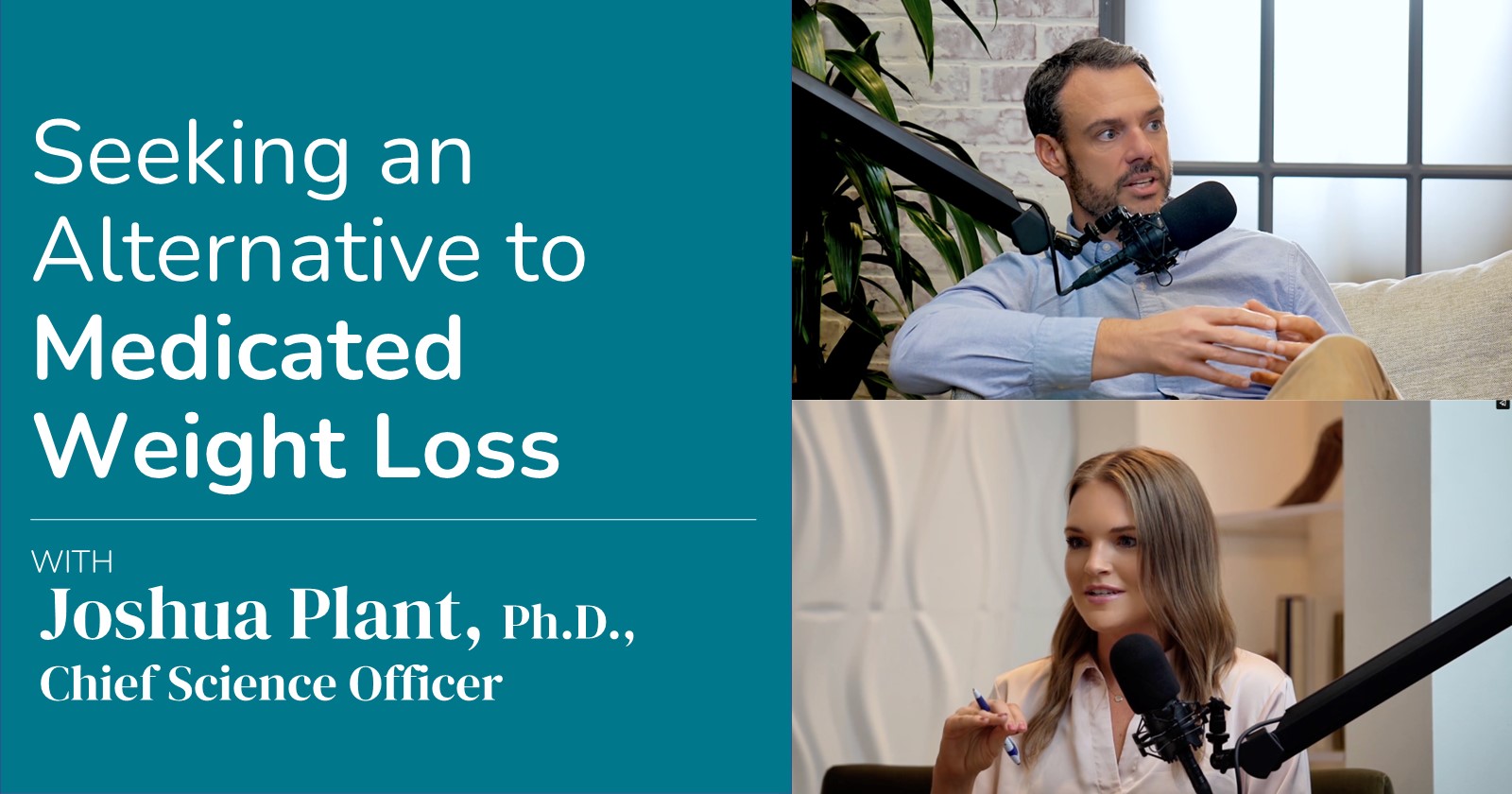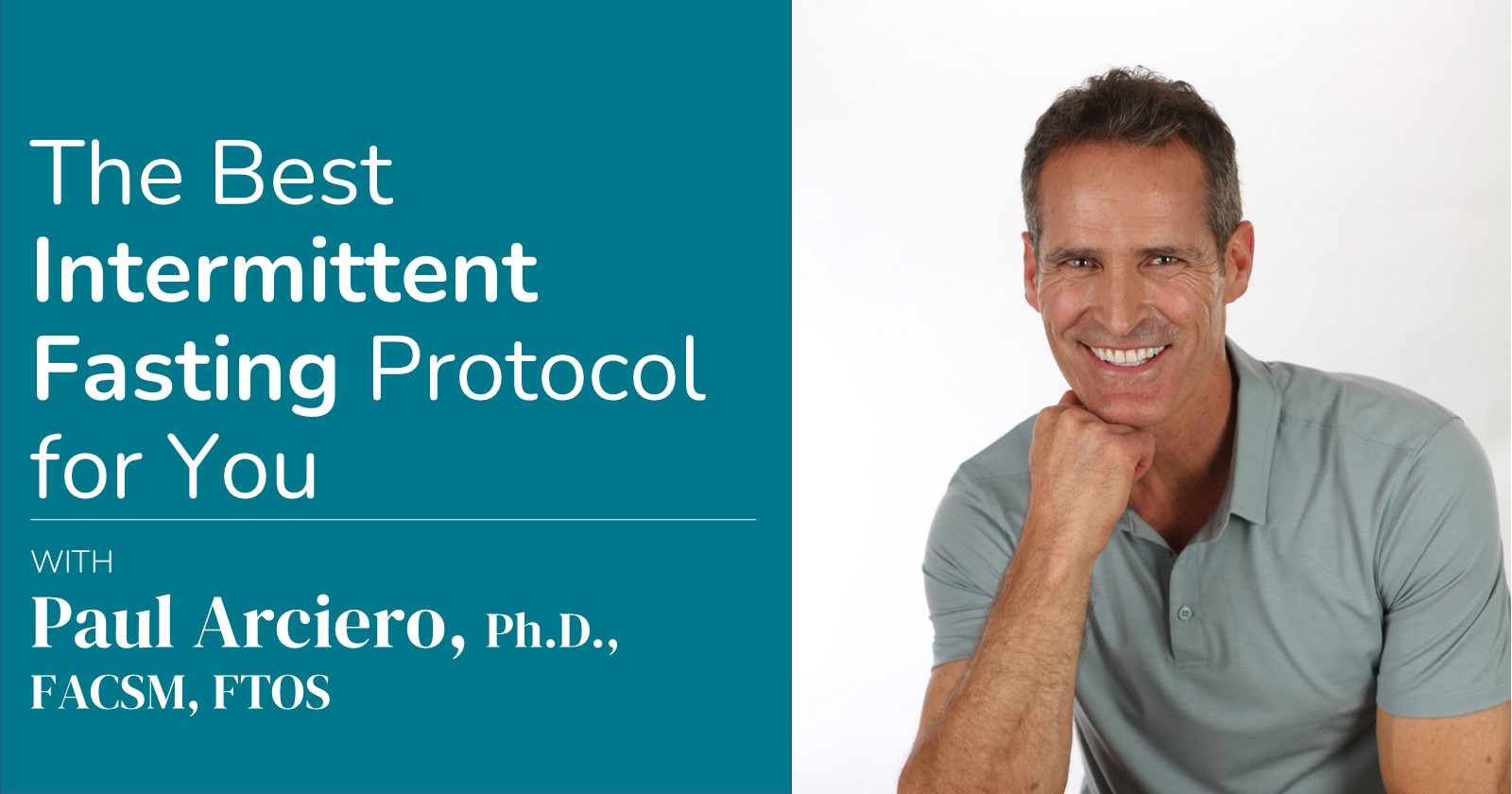Do you want to build a strong, fit body? While pushing weights at the gym is key to building muscle and stimulating fat loss, what you eat—specifically protein—should be a priority.
Think of it this way: if your body isn’t supplied with the nutrients it needs for muscle recovery and energy replenishment, are you really getting the most out of your workout? The winning combination is when both diet and exercise are maximized to reach your health goals.
When it comes to making the most of protein, the key is to get the right kind, in the right amounts, at the right time.
Right Kind
Protein can be found in a variety of foods. Eggs, chicken, fish, dairy, and beef are all sources of protein. However, not all protein is created equal.
For a superior protein option, study after study shows nothing compares to whey protein. Whey has a high concentration of branched-chain amino acids (or BCAAs), which are quickly absorbed and used to build muscle—especially if consumed after exercise.
Arguably the greatest benefit of consuming whey protein is the ability to maximize fat loss without losing muscle. A study comparing whey protein and soy protein found that subjects consuming whey had 62 percent more fat loss during 5 1⁄2 hours after a workout (1).
Another study looking at the effect of supplementing with whey protein, soy protein, or carbohydrate after workouts for a period of nine months found that those consuming whey had 55 percent more muscle gain than either soy or carbohydrate groups (2). In fact, those who consumed soy protein had similar muscle synthesis as those who ate carbohydrates alone. For fat burning and muscle growth, the kind of protein you choose matters.
Right Amount
It’s becoming more evident that adults could significantly benefit from eating higher amounts of quality protein, especially when attempting to lose weight.
A recent study compared muscle synthesis in men and women who consumed controlled diets that provided three different amounts of protein: the Recommended Dietary Allowance (RDA) of 0.8 grams per kilogram of body weight, twice the U.S. RDA, and three times the RDA (3). Weight loss was induced by restricting total calories consumed and increasing daily exercise. After three weeks, those who consumed double or triple the RDA had greater muscle synthesis than those who consumed the RDA.
The authors of that study said that they believed that the RDA for protein should be based on a level to optimize health, not just to prevent deficiencies. Their data demonstrate that the current RDA wasn’t enough for sparing muscle mass during weight loss. More is key—around 1.2 to 1.8 grams per kilogram of body weight.
In addition to supporting muscle growth, higher protein diets have also been shown to increase satiety so you are less tempted to overeat at mealtime (4).
Right Time
Getting the right amount of protein each day is essential for keeping muscle in a constant building state (anabolic) rather than allowing muscle to be broken down and used for energy (catabolic). While the typical American diet does provide a fair amount of protein, it’s not distributed evenly throughout the day.
Most breakfast meals are low in protein (think bagels, pastries, and cereals), providing an average of 10 grams. (See graph below.) For many, lunch may consist of a sandwich or soup and provide around 15 or 20 grams of protein. Then, a massive 60 grams (such as a medium-sized steak) is often consumed at dinner. To keep the body in a constant building state and to support muscle growth, fat burning, and fullness, it’s best to eat around 20 to 40 grams of protein at each meal.
To investigate this theory, researchers compared two groups of people—one that consumed protein evenly throughout the day and one that skewed their protein intake more toward dinner (5). The “even” group consumed 30 grams of protein three times during the day while the “skewed” group ate about 10 grams at breakfast, 20 grams at lunch, and 60 grams at dinner. After just one week of following the diets, those in the even group had 25 percent greater muscle protein synthesis than the skewed group. The fascinating aspect of this study is that both groups consumed the same total amount of protein—90 grams—yet those who distributed protein consumption regularly throughout the day gained more muscle.
In addition to eating protein throughout the day, a key time to take advantage of the body’s muscle building ability is post-workout. After exercise, blood is rushing to your muscles. By consuming whey protein after exercise, it can be quickly absorbed by the small intestine, shuttled into the blood stream, and delivered to muscle tissue. Failing to consume protein after a workout is a missed opportunity to take advantage of all your hard work.
It’s not just about eating protein to get the results you want, it’s about getting the right kind, in the right amount, at the right time. Make the most of your protein by using Isagenix IsaLean® Shakes, Soups, and Bars featuring anywhere from 18 to 36 grams of high-quality protein. Also, don’t forget new Whey ThinsTM featuring 10 grams of high-quality protein, an ideal amount at snack time.
References
- Acheson K, Blondel-Lubrano A, Oguey-Araymon S, et al. Protein choices targeting thermogenesis and metabolism. Am J Clin Nutr. 2011;93(3):525-34.
- Pasiakos SM, Cao JJ, Margolis ER, et al. Effects of high-protein diets on fat-free mass and muscle protein synthesis following weight loss: a randomized control trial. FASEB. 2013;27(9):3837.
- Luhovyy BL, Akhavan T, Anderson GH. Whey proteins in the regulation of food intake and satiety. J Am Coll Nutr. 2007;26:704S–12S.
- Mamerow MM, Mettler JA, English KL et al. Dietary protein distribution positively influences 24-h muscle protein synthesis in health adults. J Nutr. 2014; E pub ahead of print.
- Paddon-Jones and Rasmussen, 2009

